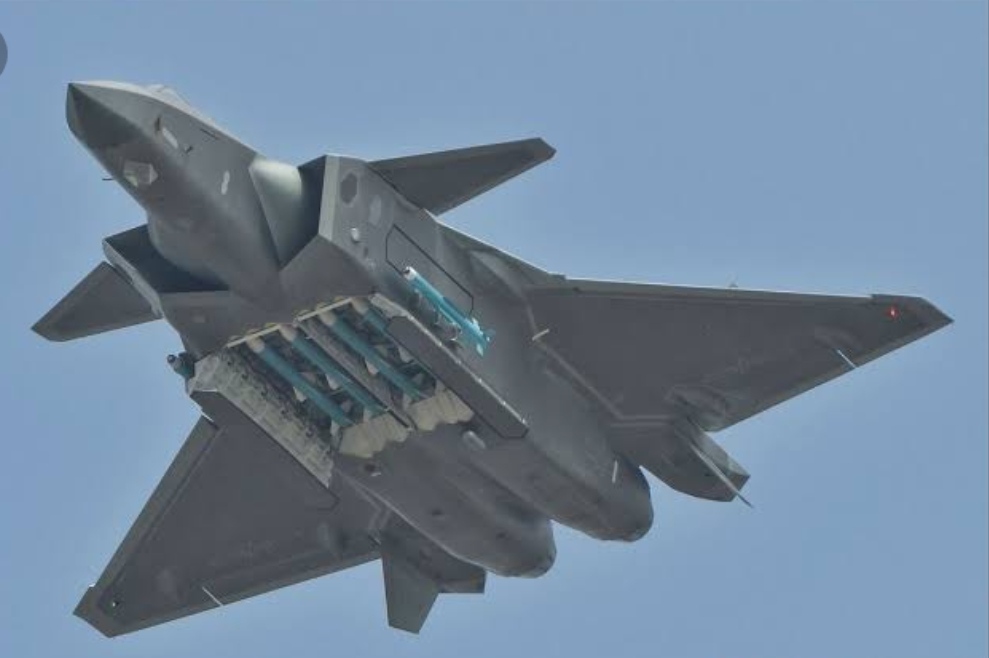Chinese J-20 Stealth Fighter is not a true 5th Generation fighter jet

China is pushing to quickly produce large numbers of its so called fifth-generation J-20 stealth fighters, thinking that this move will make the People’s Liberation Army Air Force (PLAAF) as a dominant regional power. It’s a myth and PLAAF would face the music when push turn to shove in the future.
In reality, the J20 cannot match the SU 30 MKI of the Indian Air Force. That is why the PLAAF has been very shy of deploying their J20 in Tibet or any where in the Western Theatre. The Indian Sukhois are way ahead of all other Sukhoi variants operating in any of the Air Forces including the Russian Air Force.
Lacking a carrier-launched fifth-generation fighter able to project power from the sea, China Has no choice but to rely upon its land-launched J-20 fighter in any kind of regional engagement. When it comes to projecting power beyond the Pacific in the air, China will face real challenges in its competition with U.S. airpower and even the Japanese. They cannot match the IAF over the Himalayas and the Indian Ocean Region is still beyond their reach.
However, when it comes to projecting power in the Indo Pacific, the J-20 is likely to play an important role in Chinese military strategy as the jet can reach both Japan and Taiwan from mainland China without needing aerial refuelling and thus try and pose some challenge to the Japanese Air Force. Presently PLAAF may be able to dominate Vietnam and others only.
However considering that China reportedly only has around fifty J-20s, the PLAAF would face real attrition risks in a regional confrontation in the Pacific. Since the United States is planning to field more than 2,000 F-35s stealth fighters across its three military services and Japan just made a multi-billion-dollar purchase of F-35s.
So for quite sometime Chinese air dominance in the Pacific will remain nothing more than a dream. In fact, given the fast-arriving number of U.S. and Japanese F-35s and forward-positioned fifth-generation assets in places like Guam, forget Chinese air superiority even some sort of parity appears unlikely in even the medium term.
So as a propaganda tool Global Times is reporting that the PLA Air Force is now surging its production of J-20s. China is well known for its large industrial base, something Beijing is leveraging quickly to fast-track new aircraft carriers, destroyers, and amphibious warships to deployment, and there are now indications that China is moving quickly to leverage this ability to aircraft production.
The J-20 was recently upgraded with a Chinese-engineered WS-10 engine, so domestic production of the jet can become more streamlined and efficient for mass production. China would need much larger numbers of J-20s to try and compete for air parity both globally and also in a purely regional sense.
Also the J-20 most probably will be unable to compete with a U.S. F-35 or Indian Sukhois when it comes to sensor range, targeting precision, and multi-role air dominance. Thus then having even larger numbers of J20 will not necessarily make too much of a difference.
Also being restricted to land-launched operations will keep preventing Chinese J-20s from having a decisive impact on China’s ability to project global air power without substantial forward basing.




